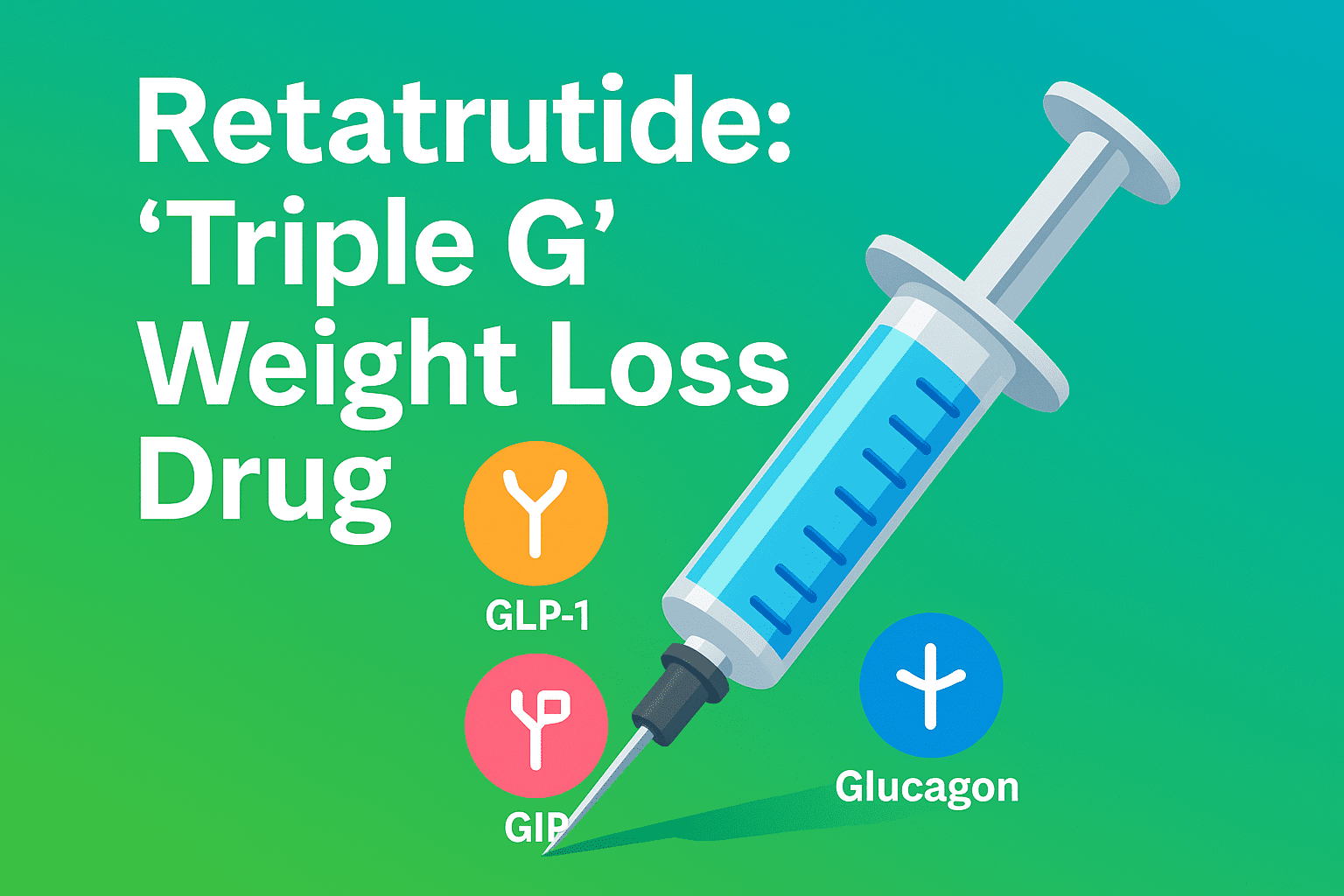In a remarkable development within the field of obesity medicine, researchers are exploring less invasive alternatives to injectable weight-loss drugs, including topical creams and patches, also known as transdermal drug delivery systems. These innovations are aimed at delivering obesity medication without the use of needles—addressing a key barrier for millions of individuals who are needle-averse.
According to a report by DailyMail.com (AP, 2024), Dr. Nicholas Perricone, a dermatologist and expert in anti-aging therapies, is leading pioneering efforts to develop a gel-based version of tirzepatide, the active compound used in Eli Lilly’s weight-loss drug Mounjaro. Tirzepatide has shown significant efficacy in combating obesity and type 2 diabetes, and Perricone’s research aims to adapt this compound for topical application.
“You can certainly traverse the skin, getting to the dermalvascular [blood vessels deep in the skin], get it circulating, so that you get the benefits without a needle,” Dr. Perricone explained.
— As cited in DailyMail.com (2024)
The proposed application method involves rubbing a small amount of the gel on the wrist, allowing the active substance to permeate the skin and enter the bloodstream. Perricone is optimistic about collaborating with Eli Lilly to further develop this product, stating, “I think it would be unique, and I’m sure that it would definitely work.”
Microneedle Patches: A Painless Alternative
In parallel to gel development, researchers are also working on microneedle patches—small, skin-adhering devices embedded with ultra-fine needles designed to deliver drugs without pain. These patches penetrate only the upper layers of the skin, avoiding deep pain receptors and blood vessels, which makes them ideal for users with needle phobia.
These microneedle systems are being explored not just for convenience but also for precision dosing and sustained release. One such innovation is being led by Anodyne Nanotech, a Boston-based company. Their product, HeroPatch, is a postage stamp-sized adhesive covered on one side with tiny, dissolvable needles that administer medication through the skin over several hours. The company is preparing to begin clinical trials soon.
Skinvisible Pharmaceuticals and Semaglutide Creams
Apart from Dr. Perricone’s lab, Skinvisible Pharmaceuticals, headquartered in Las Vegas, is advancing the development of a topical cream formulation of semaglutide, the compound used in Ozempic and Wegovy—two leading anti-obesity drugs developed by Novo Nordisk. This cream is reported to enhance skin penetration up to 10 times more efficiently than conventional topical formulations, allowing for a controlled release of the drug over a 6-hour window.
In an efficacy study cited by the report, about 70% of the active drug was shown to successfully permeate the skin layers when administered through this cream. The product remains in experimental phases, pending further pre-clinical and human trials.
Effectiveness and Challenges Ahead
While these transdermal approaches to obesity management are promising, they remain in early developmental stages. None of the topical or patch-based tirzepatide or semaglutide treatments have yet cleared human trials. However, early data show encouraging results in drug absorption, suggesting potential for clinical success.
A separate study mentioned in the report found that 10% of a semaglutide-based cream was absorbed into systemic circulation within six hours of application, indicating a viable pathway for sustained delivery and reduced systemic shock compared to injections.
The move toward needle-free obesity therapies represents a major leap forward in medical accessibility and user comfort. For patients who fear needles or find injections cumbersome, these transdermal delivery systems—whether in the form of gels, creams, or patches—could be transformative. As trials continue, the potential to deliver powerful anti-obesity drugs through the skin might reshape the future of obesity medicine, reducing not only body weight but also the stigma and fear associated with conventional treatments.



